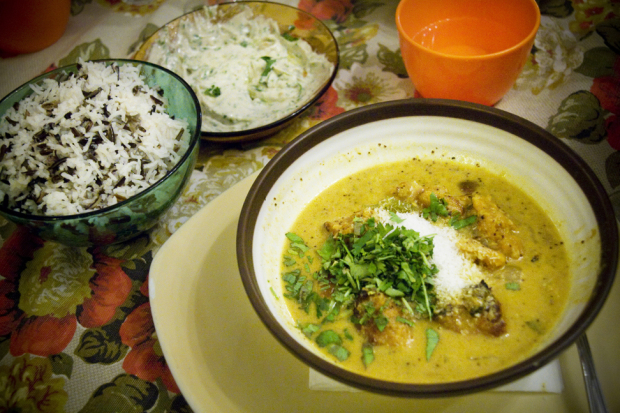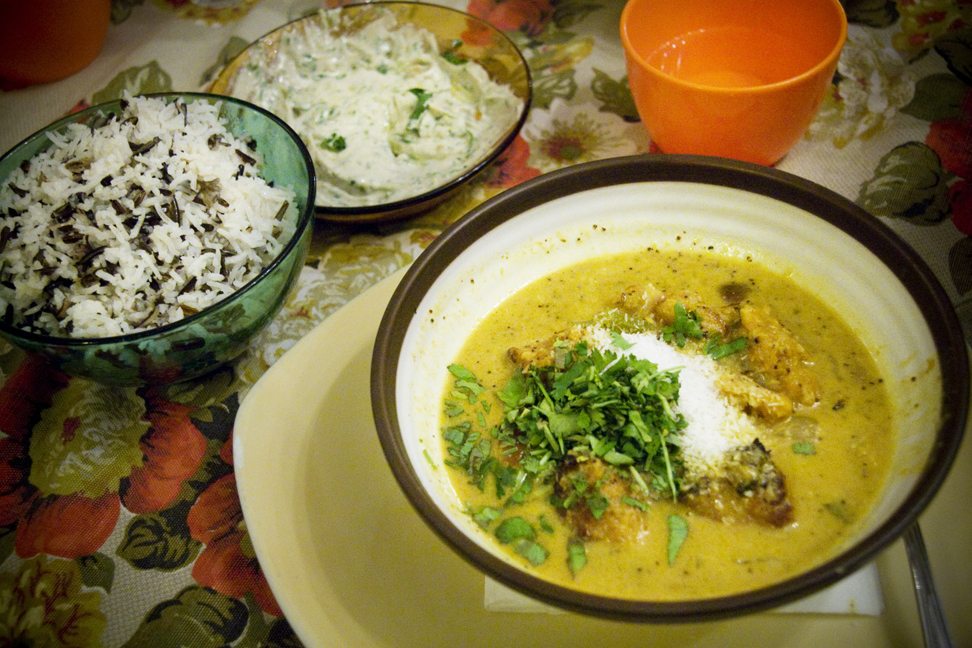Last updated March 13th 2016
3 Rabi Yochanan
03-682-3821; 03-681-1140
Sun-Fri 9-1; Sat 10-1
Web Site
After a hectic day of bargaining between numerous buyers and sellers in Jaffa’s flea market, the trading vicinity slowly winds down, leaving behind deserted market stalls and desolate pebbled streets. An electric buzz in the neighborhood soon becomes apparent, as the sounds of an accordion fill the air with the sway of French jazz, bringing a dreamy echo through the sleepy streets. A glistening of colored light filters through the darkness, leading the way to Puaa, the trading hub’s resident café. The flea market permeates into every element of Puaa, making it more than a mere host, but rather an integral spirit of this trendy café-restaurant.
The restaurant, named after its owner, Puaa Ladijensky, has remained a clear staple in both the market and local dining scene over the last ten years. In her humble beginnings, Puaa set out as a flower seller, who on occasion would serve tea to local customers. Popularity for Puaa’s welcoming reception grew, leading her to open a café in the manic flea market. Puaa remained undeterred by the quiet, shady character of the streets that existed past market closing time. As the neighborhood shifted under the gaze of gentrification, so too did the reception of Puaa’s establishment, leading her to move to a larger location.
Lending itself to Jaffa’s flea market, Puaa brings the market to the dining table. A visit to this cafe becomes a cultural expedition into the facets of market life, dressed as a unique dining experience in this special setting. Restaurants often use interior design as the pedestal for their chef’s culinary creations. Puaa turns this concept on its head, with food being used as the showcase of the flea market’s treasures. Every piece of furniture, decoration and crockery, born out of the market, is for sale. The café becomes a bazaar in itself, a twist on market life, with the resurrection of old reborn into the wonderland of Puaa.
Inside, a playful décor is created with the mishmash of kitsch ornaments oozing from every corner. Framed pictures, mirrors, and shelves, lined with aged books and green plants, surround the interior space. Cups and saucers, teapots, colored trinkets and drippings of lace, scattered on side tables and cabinets provide a whimsical sense of the Mad Hatter’s tea party at grandma’s house. Puaa successfully creates a relaxed environment, extending from the inside setting to the seating laid out on the pedestrian street. The continuation of rugs, tall lamps and tables encase the two areas of the market and cafe into a unified dreamy world. The variety of light shades, chairs and tables, each representing a unique style and decade of fashion, are finished with hanging price tags, mimicking the trading of a market.
Fresh flowers and plants placed on every table is Puaa’s stamp of her original market trade throughout the restaurant. Its patrons are a mixed crowd; local hipsters slouch on comfy couches, trendy Tel Avivians sip wine at their candle lit tables and Jaffa store owners mingle with the staff.
Puaa’s culinary expedition centers on uncomplicated, nutritious, rustic and rich dishes, whilst celebrating local ingredients and an assortment of spices. An extensive English and Hebrew and French menu, which includes a wide selection of all-day breakfast, starters, sandwiches, salads, meat and fish dishes, is artistically laid out in the style of a notebook. With many ingredients sourced from the market, the dedicated selection of vegetarian dishes, including quiches, chestnut gnocchi and vegetarian burgers, reflect on Puaa’s grounded and welcoming nature. Perfectly crisp, deep-fried cauliflower, doused in a thick garlicky aioli, provided a scrumptious entrée before the delights ahead. Homemade, thick and robust tahina served with a warm and crisp baguette . Roasted and chopped fleshy eggplant, spiced with garlic, onions, parsley, and waves of salty feta, was full-flavored and creamy. Puaa’s Fatush salad, or tomato and charred bread salad, feta, zaatar, mint and leaves, was a satisfying and hearty meal, propelled with the smokiness of grilled bread. The evening’s special, a creamy risotto with lentils, champignon mushrooms and parmesan was a clear conglomeration of the market’s fresh produce and culinary refinement. The bowl, which delivered this comforting dish, was not left untouched, with every lick of the earthy, garlic remnants bringing temptation for more.
Puaa’s enchanting location hosts free workshops and events on the café’s upper level. These events include knitting classes, live music and art exhibitions. Puaa has continued to imprint her little world and support for local people’s activities with the addition of her store, Ma’asi’a. Here, Puaa continues to expand her vision, selling clothes and pieces, hand-made by women of local socially deprived areas. Ma’asi’a, meaning fairy tale and creation, incorporates the essence of social activity into the cavity of the market.
The initial lure of Jaffa is the collision of history and culture. The magnificent port city’s rich culture and quaint surroundings leave you in amazement. A wander through the shuk ha’pishpeshim (antique market) offers a glimpse into the past, dating back to the Bronze Age. Here one can envisage local Arab market sellers conversing with Eastern traders over the barter of textiles for Mediterranean spices. Through the windy streets of the neighborhood, you can find secret culinary treasures, such as Puaa, which serve impressive versions of local dishes. The magical settings of Jaffa’s dining scene, infused with the coalescence of modern and antique, will leave you eager to discover more.
Written by Natalie Salhov



